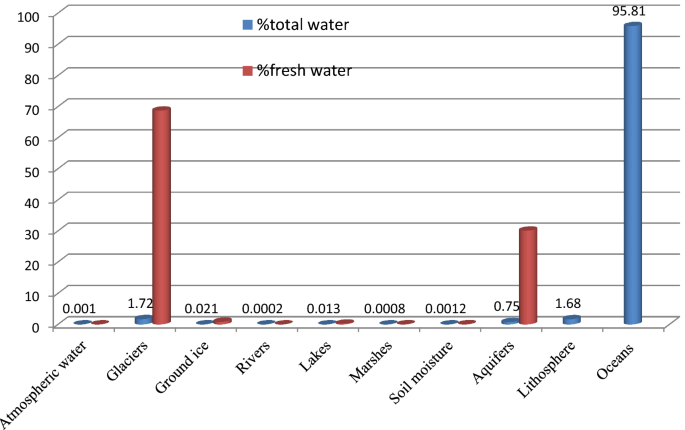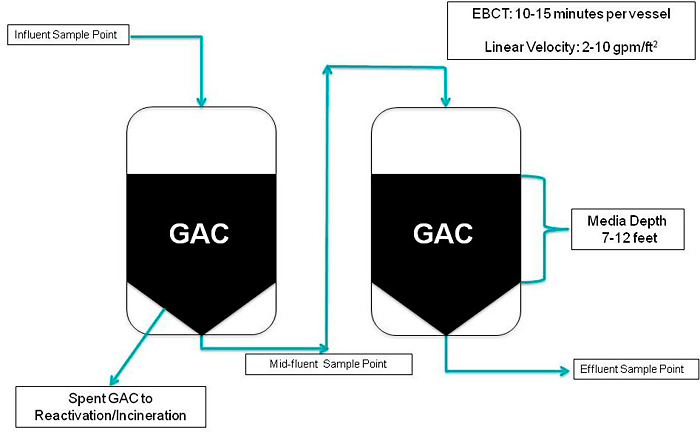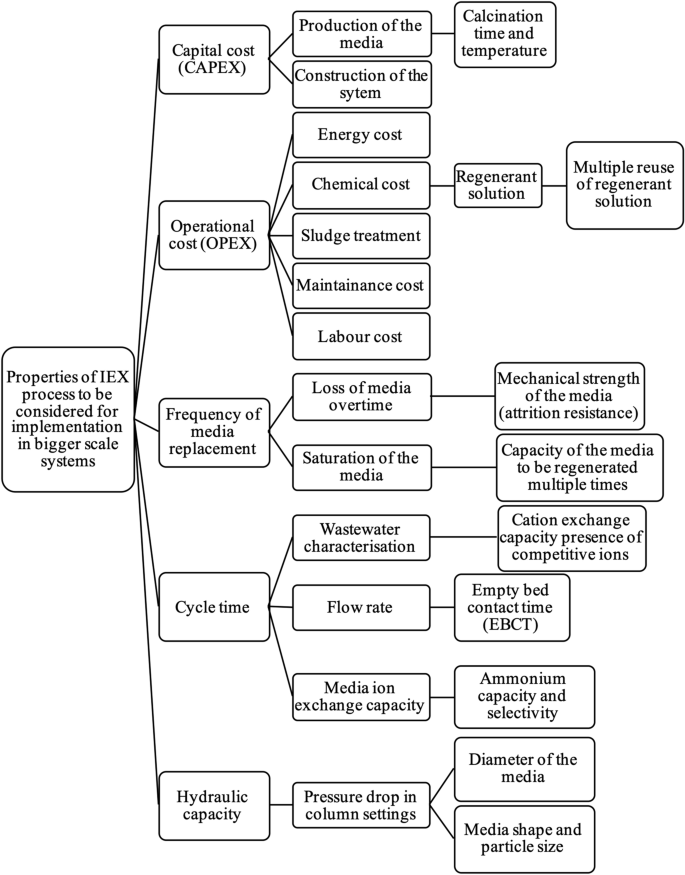The ion exchange water treatment systems also include state of the art plc based or digital stager regeneration controls to assure consistency and reliability.
Ion exchange water treatment system pdf.
This type of lead has a negative.
If the ph of water is 10 or higher the lead can found as a plumbate.
Impurities removed include suspended.
Ion exchange systems are used for efficient removal of dissolved ions from water.
Ion exchange involves removing the hardness ions calcium and magnesium and replacing them with non hardness ions typically sodium supplied by dissolved sodium chloride salt or brine.
Sodium ions are supplied from dissolved sodium chloride salt also called brine.
This type of lead must be physically filtered and may require the use of a submicron filter.
Ion exchange ix systems are used across a variety of industries for water softening purification and separation purposes.
The hardness ions ca and mg move into the resin beads and each of these divalent.
Effect of ion exchange treatment.
Water softeners usually use sodium na as the exchange ion.
It removes impurities that are likely to affect the pr performance of downstream units based on ion exchange and or membrane and thermal processes.
Cation exchange involves the replacement of the hardness ions with a nonhardness ion.
If the ph of water is above seven lead may be in a precipitated non ionic colloidal form which cannot be removed by an ion exchange process.
Children who drink water with levels of fluoride 0 6 ppm might need a fluoride supplement.
Standard water softeners are cation exchange devices.
While the chemistry of individual ion exchange reactions varies from one application to the next ix is a treatment process where dissolved ions are replaced by other more desirable ions of a similar electrical charge.
Treatment of water for human consumption.
In an ion exchange system undesirable ions in the water supply are replaced with more acceptable ions.
Filters that remove chemicals often do not effectively remove germs and vice versa.
Household water softeners are ion exchange devices.
Ion exchangers exchange one ion for another hold it temporarily and then release it to a regenerant solution.
A typical water treatment plant consists of the following sections.
The softener contains a microporous exchange resin.
Some water treatment devices that remove chemicals such as reverse osmosis ion exchange or distillation systems might also remove fluoride.
Rohm and haas ion exchange ion exchange introduction 4 fd sep 2008 to soften water you take a cation exchange resin on which the mobile ion inside the beads is sodium na and you pass the hard water through a column filled with the sodium form resin.

























